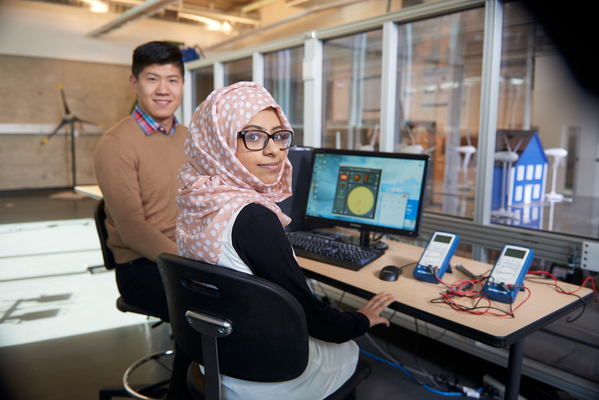Research in the Department of Energy and Nuclear Engineering

Our faculty and students are engaged in cutting-edge, applied research to address challenges and develop opportunities across the energy and nuclear fields. Our experts are working in areas as diverse as advanced and small modular reactors, power plant decommissioning, radiation protection, advanced and hybrid energy systems, and sustainability. Our faculty members often work in collaboration with industry and international partners, focusing on problems with real-world applications. The Department benefits from state-of-the-art teaching and research laboratories.
Accomplishments include:
- Progress in understanding of radiation effects on eye lenses
- Development of advanced plasma-based waste treatment process technology
- Development of a hybrid energy simulator for nuclear-renewable hybrid energy systems
- Conceptual design of a microreactor for the Canadian arctic
- Design of a CANDU fuel bundle for Molybdenum-99 Production
- Development of a software package for high-fidelity prediction of dynamic behavior of nuclear reactors
- Evaluations of SMR environmental performance
Faculty Directory
Areas of Research Expertise
Nuclear Engineering
Health Physics and Radiation Science
Energy Engineering
Nuclear and Energy Systems

As the home of the Department of Energy and Nuclear Engineering, the Energy Systems and Nuclear Science Research Centre (ERC) is a 9,290-square-metre facility that enables leading-edge research in clean and green energies and technologies and promotes Canada's entrepreneurial advantage through public-private research and commercialization partnerships.